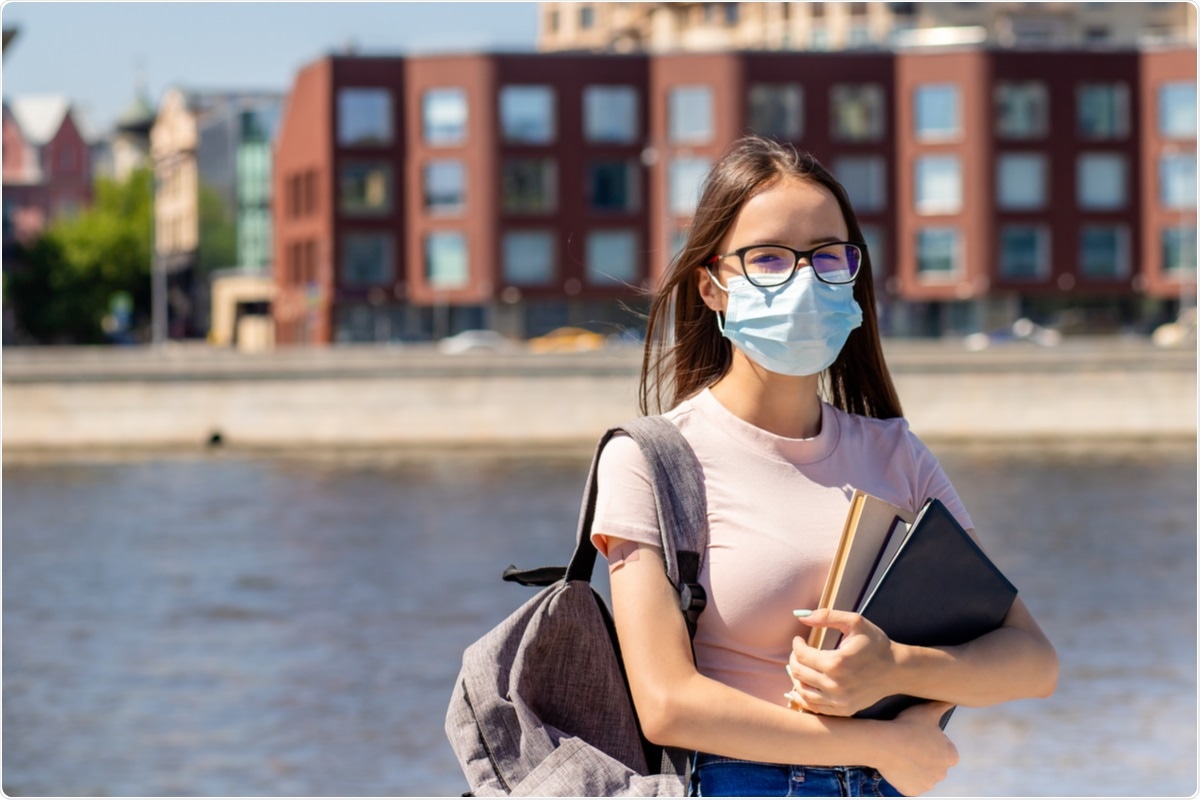To control the spread of any infectious disease, including coronavirus disease 2019 (COVID-19), contact tracing is an invaluable tool. Contact tracing is utilized to identify those at high risk of infection due to contact with an individual who is known to be infected, then testing, treating (if necessary), or advising them to isolate to prevent any further spread of the disease. Typically, contact tracing is used for sexually transmitted infections, where the definition of contact is clearly established.
 Study: Limited impact of contact tracing in a University setting for COVID-19 due to asymptomatic transmission and social distancing. Image Credit: Tikhonova Yana/ Shutterstock
Study: Limited impact of contact tracing in a University setting for COVID-19 due to asymptomatic transmission and social distancing. Image Credit: Tikhonova Yana/ Shutterstock

 *Important notice: medRxiv publishes preliminary scientific reports that are not peer-reviewed and, therefore, should not be regarded as conclusive, guide clinical practice/health-related behavior, or treated as established information.
*Important notice: medRxiv publishes preliminary scientific reports that are not peer-reviewed and, therefore, should not be regarded as conclusive, guide clinical practice/health-related behavior, or treated as established information.
The Social Contact Survey (SCS) formulated mathematical modeling to assess infectious diseases from data collected on social contact patterns for the general British population in 2010. However, university populations differ in many aspects when compared to the general population. Students are typically younger adults with higher-than-average numbers of social contacts and tend to live in communal residences. Also, because of the restrictions imposed during the COVID-19 pandemic, how people socialize has dramatically changed. In June 2020, the Coronavirus Questionnaire (CON-QUEST) survey was launched to capture any new contact patterns in university staff and students during the pandemic.
Utilizing these two surveys, a group of researchers from the University of Bristol was able to investigate how social behaviors of a university population changed with social restrictions and then the effectiveness of contact tracing in such a setting. Contact tracing effectiveness is assessed by its ability to limit the extent an infected individual spreads the disease and the scheme's ability to back-trace and discover asymptomatic index cases.
A preprint version of this study, which is yet to undergo peer review, is available on the medRxiv* server.
The study
The CON-QUEST survey reported a median number of daily contacts to the value of two, compared to nine from the university-affiliated subset of the SCS. The number of respondents with low amounts of daily contacts was greater in the CON-QUEST data when compared to the SCS data. The number of respondents that reported one, two, or three contacts daily is an order of magnitude greater in the CON-QUEST data when compared to the SCS subset data. In the SCS subset data, the maximum number of daily contacts was greater when compared to the CON-QUEST data. There was also a higher overall number of respondents with high contact numbers in the SCS subset.
When compared to the data collected in 2010, the duration of social contacts reported in 2020 increased. The interactions of those in the CON-Quest survey lasted longer than those in the SCS survey. In addition to the longer duration of social contacts, those in the CON-QUEST survey also reported more frequent contacts when compared to those in the SCS survey. Individuals of the CON-QUEST survey reported a greater number of occasions when contacts occurred "eight or more times" than those of the SCS survey.
Within a university population, the spread of severe acute respiratory syndrome coronavirus 2 (SARS-CoV-2) infections appears to depend on the index case's infectiousness, transmission rate, and if contact tracing has been implemented. The data indicate that an increase in the transmission rate always leads to an increase in the average number of secondary cases. Without contact tracing, symptomatic index cases result in an increased number of secondary cases compared to asymptomatic index cases due to their greater infectiousness.
However, when contact tracing is implemented, the spread of COVID-19 from symptomatic index cases is significantly reduced. Although, contact tracing appears to have a minimal effect on the reduction of asymptomatic index cases. With symptomatic index cases, contact tracing can potentially reduce the mean number of secondary cases by up to 56%, with the biggest impact for lower transmission rates.
Implications
This study compared the results from a survey conducted before the pandemic and a survey conducted during the pandemic by examining the duration, frequency, and the number of contacts reported in each survey. From the available data, the authors constructed an ego-centric network to model the real-life transmission of COVID-19 from index cases to the people they encounter. Contact tracing was then introduced to investigate three scenarios in which the index case was always symptomatic, always asymptomatic, or asymptomatic with a probability dependent on age.
During the period of government-imposed restriction on social gatherings, the patterns of contact within university populations changed. Individuals typically met fewer contacts for extended periods and with an increased frequency. Due to these changes in behavior, reductions in the average number of secondary infections were observed. It is expected for university populations to have large incidences of asymptomatic cases, so in cases such as this mass testing is required to identify the asymptomatic individuals and utilize contact tracing to its full potential.

 *Important notice: medRxiv publishes preliminary scientific reports that are not peer-reviewed and, therefore, should not be regarded as conclusive, guide clinical practice/health-related behavior, or treated as established information.
*Important notice: medRxiv publishes preliminary scientific reports that are not peer-reviewed and, therefore, should not be regarded as conclusive, guide clinical practice/health-related behavior, or treated as established information.